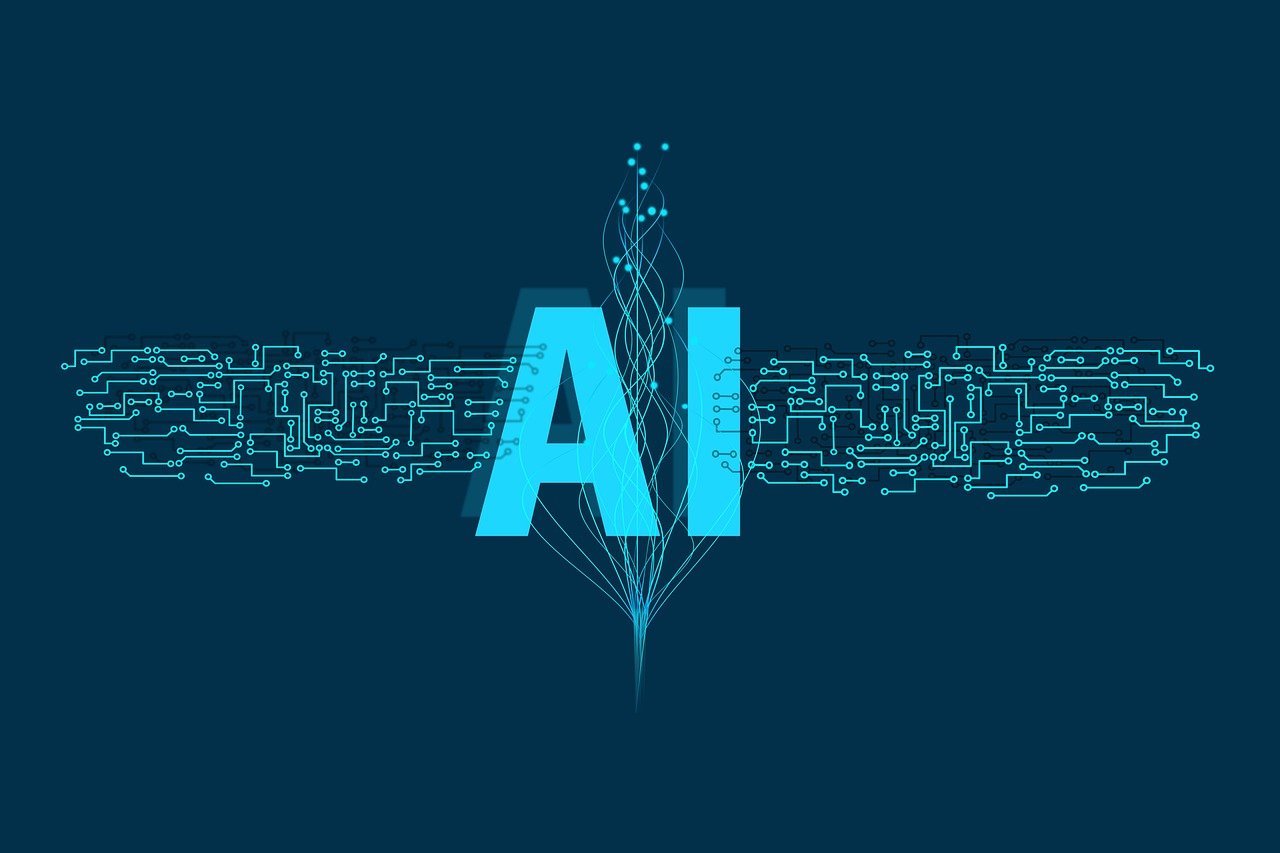Artificial Intelligence (AI) continues to evolve at an explosive rate, benefiting millions of businesses with immensely powerful self learning capabilities. We are witnessing a rise in the development of a new type of AI model that is speculated to become the central component of future data analytics solutions. It’s called Hybrid AI. In this article on Hybrid AI, we will explain the scope of this enriching branch of data science and why AI engineers should take up a data analytics certification to master fundamentals driving Hybrid AI projects in 2022.
What is Hybrid Artificial Intelligence (HyAI)?
The word “hybrid” finds its origin from the Latin word ‘Hybrida’ which means “an offspring of parents from two different species of plant or animal” using a process called cross-breeding. Within five centuries, the word hybrid has transcended from its biological roots to become a technology force that is used everywhere to define IC engines, airplane models, electricity generators, fashion trends, and now Computer applications and AI software development. Hybrid AI is the pinnacle of machine intelligence as far as modern scientific data science techniques are concerned.
If you dive deep into the field of AI, you will come across two branches of applications –
- Symbolic AI
- Non-symbolic AI
Hybrid AI is a combination of these two branches. In the data science domain, any advanced AI works within the boundaries of these two applications. In Hybrid AI, symbolic AI (SymAI) outcomes feed the machine learning for non-symbolic AI (NonSYM AI). The level of enrichment is defined through the percentage of combination involved. Greater the level of non-symbolic AI’s involvement in the final programming, the higher the level of augmentation you can expect from your Hybrid AI project.
What does the Hybrid AI approach look like?
Hybrid AI is seen as a vital part of any modern software development project which uses machine learning and neural networking sciences. It is called hybrid because usually it is synthesized using data, analytics, and results extracted from the employment of two or more different types of AI and machine learning techniques. In most cases, the objective of creating Hybrid AI is to generate a neuro-symbolic system that can emerge as part of cognitive intelligence or self-learning unsupervised algorithm capable of doing hybrid reasoning such as induction, deduction, abduction, anomaly detection, recommendation, and fuzzy logical reasoning.
Hybrid AI is an important area of expertise for professionals having data analytics certification. It directly applies to the use of AI and machine learning techniques to optimize results in the larger context of building smarter, efficient, and smoother case specific AI models that can completely offset the need to constantly feed data and analytics to machine learning software programs. That level of enrichment for hybrid AI models happens with software programs taking control of their own learning by ingesting data from neural networks, computer vision, and fuzzy reasoning.
Is Hybrid AI the origin of Knowledge Graphs?
Hybrid AI is the force behind the development of advanced Knowledge representation and reasoning sciences. In data analytics, Knowledge graphs help in creating self-learning semantic web models that are prominently deployed in some of the biggest data science projects of the current century. Google’s search, open data frameworks such as YAGO, Apple’s Siri, Tesla’s self driving cars, and Facebook’s social media networking matrix – all run on hybrid AI models using knowledge graphs.
What are the top applications of Hybrid AI?
Here are some of the best examples of Hybrid AI applications from our modern life.
Chatbots: Chatbots and verbots (verbal robots that speak) run on Hybrid AI. These are making a great impact on the data analytics industry by virtue of their applications in Conversational AI fields. From marketing to online services, every business now has a data analytics team to crack the code on their chatbot interactions to deliver a better customer experience at all levels of engagement online.
Self-driving cars: These are more than just driverless dummies that can hold the steering wheel and move the car around the corners. Self-driving cars do more than just drive the car—they use Hybrid AI data models built on internal car performance analytics, mapping data, weather data, IoT data from city traffic signals, mobile data, and so much more.
Recommendation engines: If you are Netflixing your next set of shows, check out how easily your top searches come to screen by typing a few characters! That’s the recommendation engine at play. This is seen in search engines, product databases such as e-commerce, and voice assistants.
